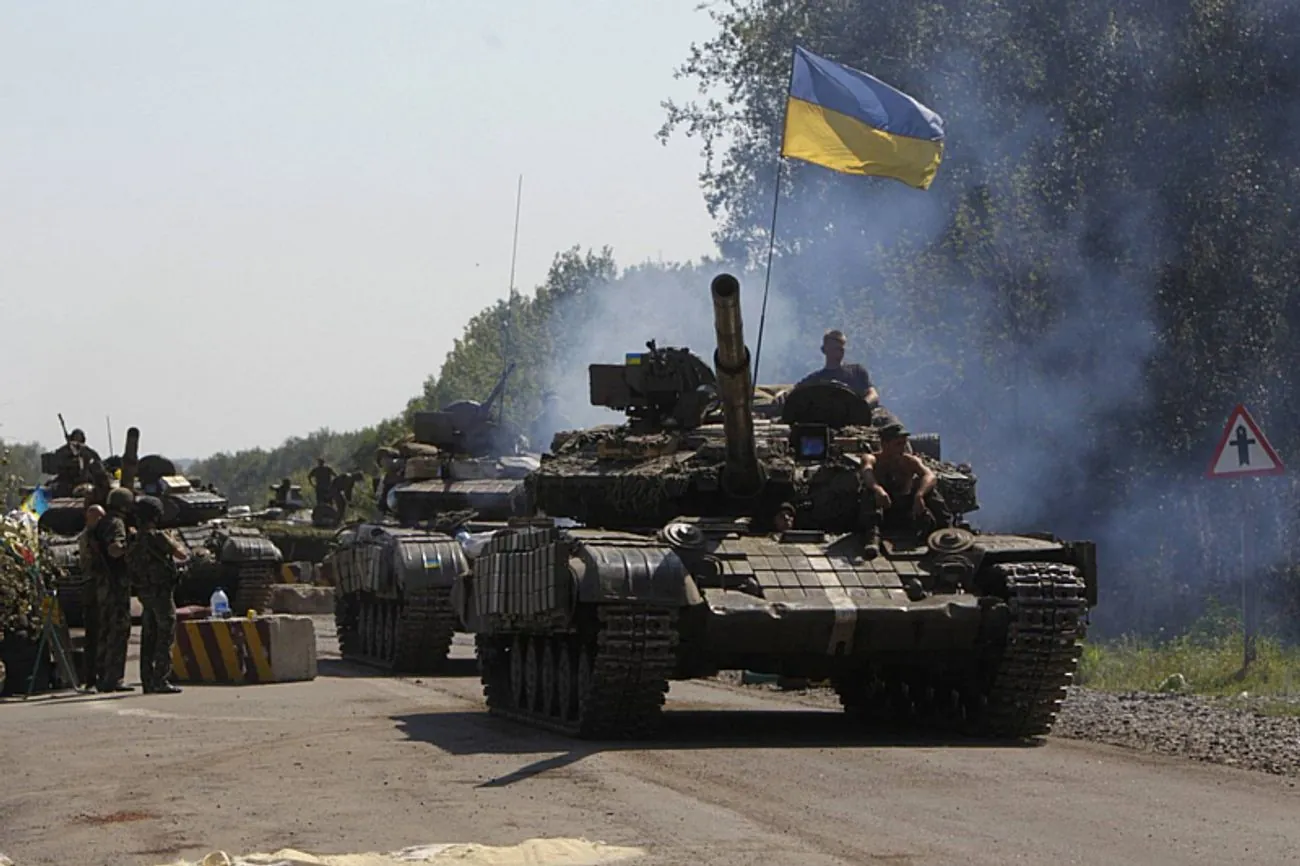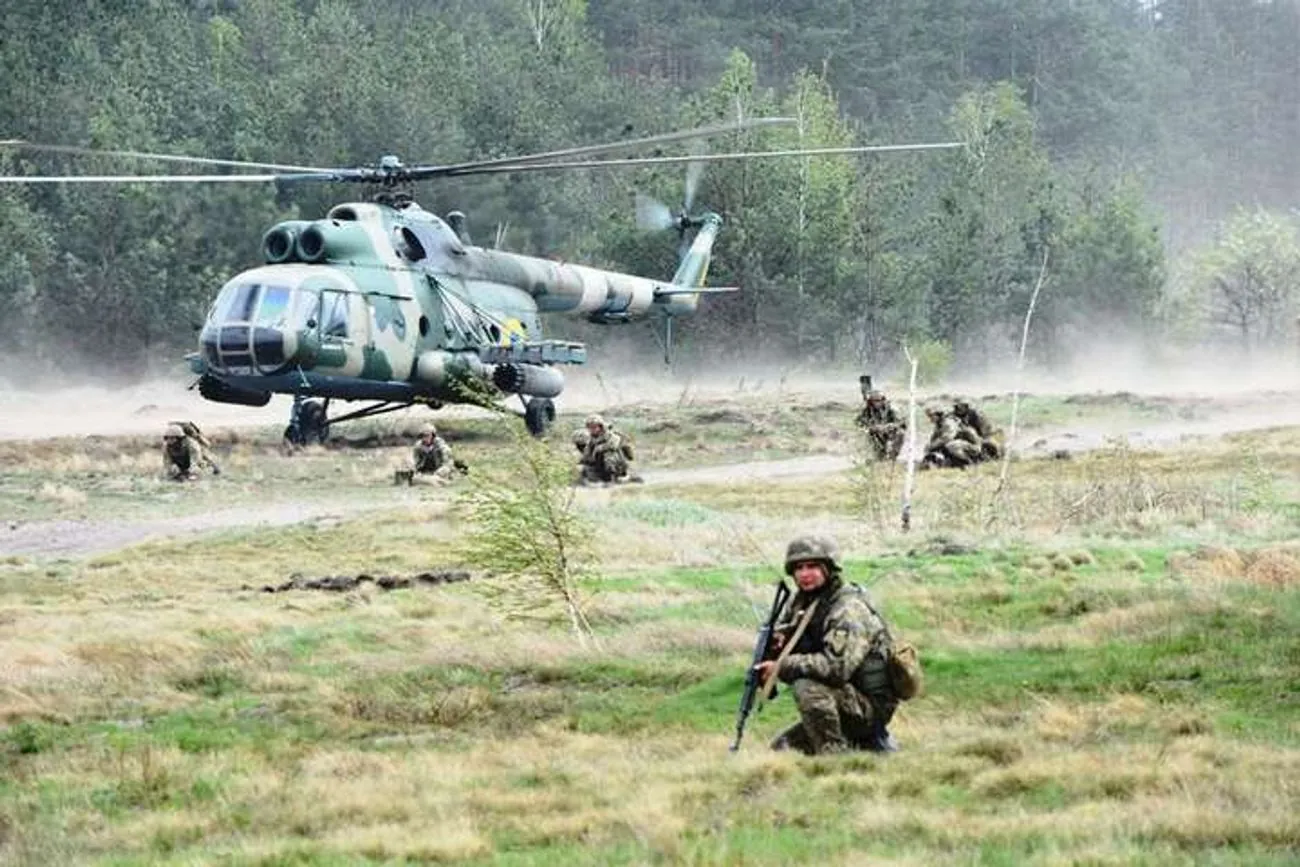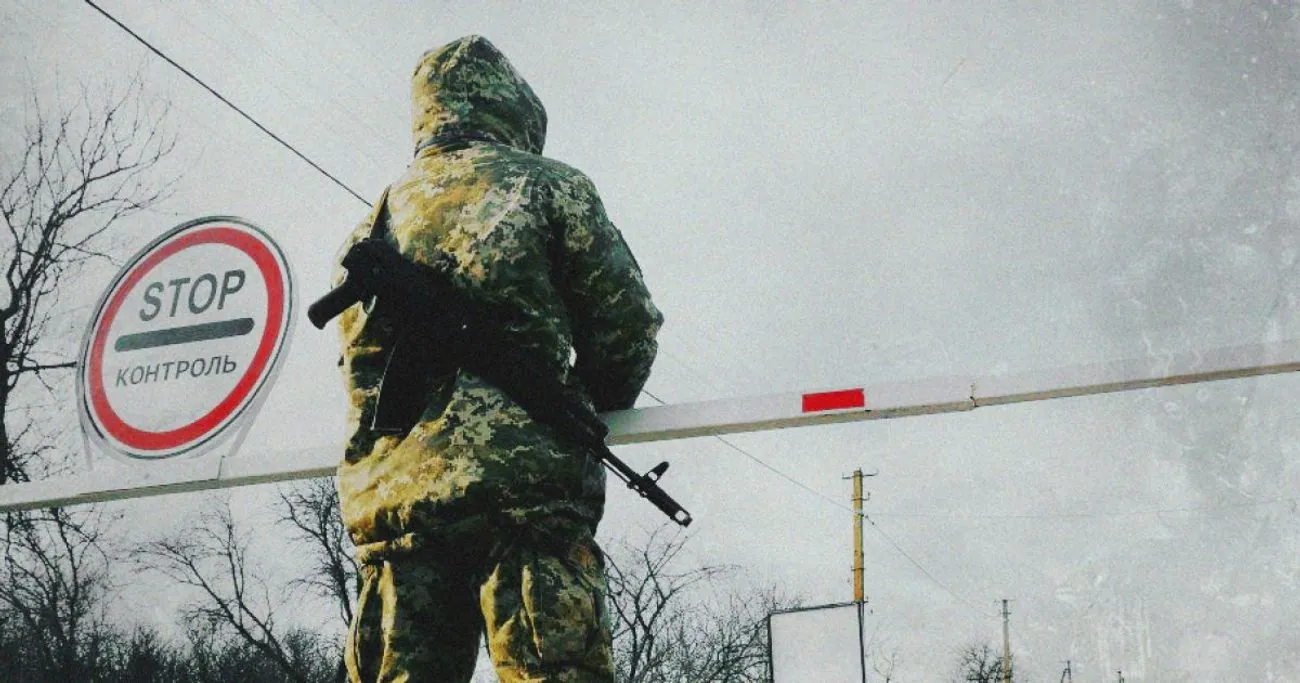11 years since the beginning of the ATO: How it all started in the east
Kyiv • UNN
On April 14, 2014, Ukraine launched the ATO in response to the seizure of Donbas territories by pro-Russian militants. The operation faced massive shelling from the territory of the Russian Federation and the introduction of regular troops.

Today, April 14, Ukraine celebrates the Day of the beginning of the Anti-Terrorist Operation (ATO) - an event that became a turning point in the modern history of the country, writes UNN.
April 14, 2014 became a new stage in the history of independent Ukraine. On this day, Acting President Oleksandr Turchynov signed the Decree on the beginning of the Anti-Terrorist Operation (ATO) - the state's response to an attempt at external invasion and internal destabilization.
The operation aimed to liberate the territories of Donetsk and Luhansk regions occupied by pro-Russian militants.

Eve of the war
Tensions in eastern and southern Ukraine began to rise rapidly after the annexation of Crimea in March 2014. Russia took advantage of the turning point after the Revolution of Dignity and the flight of Viktor Yanukovych, and intensified its destabilizing actions in the regions. In April, pro-Russian forces began seizing administrative buildings, SBU departments and internal affairs bodies. In a number of cities, the so-called "people's republics" were proclaimed.
Although in some cities, in particular in Kharkiv, the situation was stabilized by the forces of the Ukrainian special forces, the Donbas became the center of escalation. From mid-April, under the leadership of career officers of the Russian special services, including Colonel Igor Girkin (known as Strelkov), the mass seizure of cities began. Donetsk, Luhansk, Horlivka, Kramatorsk, Sloviansk, Lysychansk, Mariupol - all this came under the control of militants. Part of Donetsk and Luhansk regions was actually lost in a matter of weeks.
Due to the need to hold presidential elections, which were to legitimize the new Ukrainian government after the change of regime, it was decided to introduce an anti-terrorist operation, and not martial law. Since martial law in Ukraine would restrict many democratic processes, including elections, the government chose this option in order to ensure the legitimacy of its rule and hold elections within the legal framework. Thus, the ATO became a response to external threats and attempts to destabilize the situation in the country, while trying to maintain political stability and democratic processes.
However, in reality it was not a fight against individual terrorists - it was a front that required the participation of the army, the National Guard, the Ministry of Internal Affairs, and volunteer battalions. It was the volunteers and national guards who were the first to defend the east.

Offensive, rebuff, strikes from the territory of the Russian Federation
Already in the summer of 2014, Ukrainian forces began to liberate the occupied territories. In July, the ATO fighters regained control over Sloviansk, Severodonetsk, and Lysychansk. An operation to unblock the Luhansk airport began. It seemed that a little more - and Donetsk and Luhansk would be liberated.
However, on July 11, 2014, an event occurred that radically changed the course of events: Russian troops launched a massive strike from the territory of the Russian Federation for the first time - dozens of Ukrainian soldiers were killed near Zelenopillia as a result of shelling from Grads. Shelling from abroad became regular.
And at the end of August, Russia openly introduced regular units into the territory of Ukraine. The offensive of the Armed Forces on Donetsk was stopped, and Ukrainian forces were surrounded near Ilovaisk. Despite the agreements on the "green corridor", the Russians shot the columns during the retreat. At least 366 Ukrainian soldiers were killed, more than 150 went missing.

Minsk agreements and a new stage of the war
After Ilovaisk, on September 5, the first agreements were signed in Minsk within the framework of the Trilateral Contact Group. The fire was formally stopped, but hostilities continued. A positional war began. There were still months of fighting ahead for Donetsk airport, Debaltseve, Shyrokyne, Svitlodarsk arc, and Maryinka.
Loss figures
According to the UN, more than 13,000 people have died since the beginning of the conflict, and more than 1.5 million Ukrainians have been forced to leave their homes.
Donbas lost 27% of its industrial potential - militants massively exported equipment to Russia, destroyed infrastructure.

The end of the ATO and the beginning of a new phase
The anti-terrorist operation officially lasted until April 30, 2018. Then President Petro Poroshenko signed a decree on its completion and the beginning of the Joint Forces Operation (JFO) under the leadership of the Armed Forces. Formally, the structure of troop control changed, in fact - the struggle continued.
The ATO fighters became the first generation of the new Ukrainian army. They proved that Ukraine will not submit to the aggressor and is able to fight back. Their example is proof that Ukrainians are ready to defend their land, freedom and dignity. It is thanks to them that a new understanding of power has emerged - a power that is born of love for the Motherland and faith in its future.